14 Creatures That Can Do Things Science Can’t Fully Explain
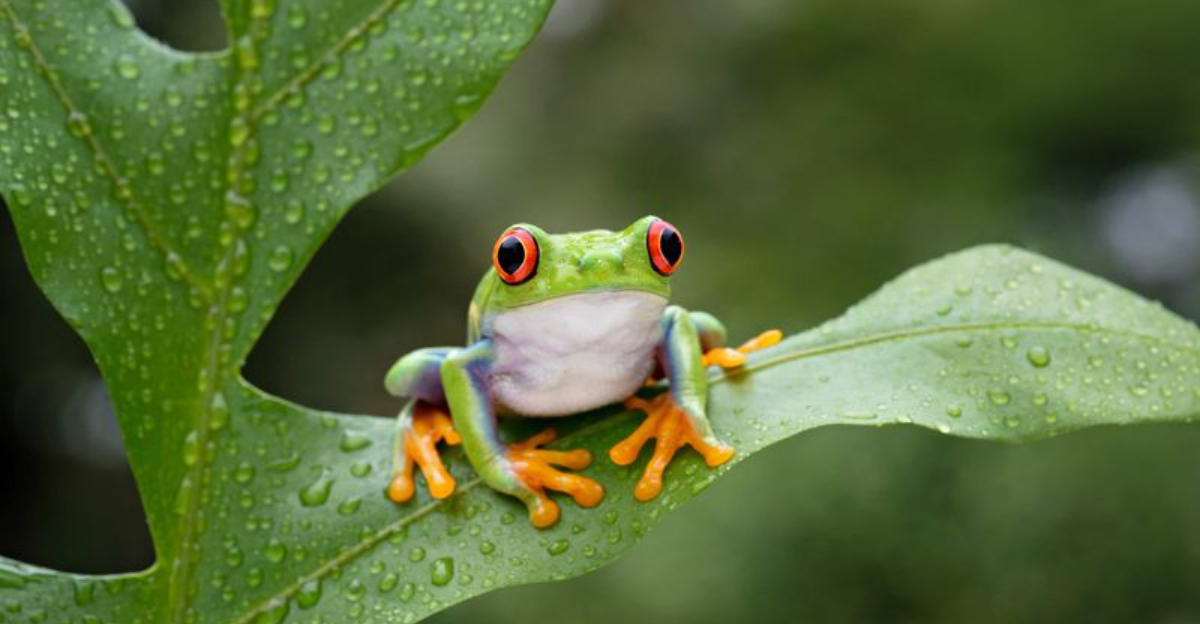
The natural world is full of mysteries that continue to baffle even the brightest scientific minds. Animals and insects perform incredible feats that seem to defy our understanding of what should be possible.
From navigating across continents without maps to surviving in environments that would kill most creatures, these biological marvels push the boundaries of what we thought we knew about life on Earth.
1. Immortal Jellyfish
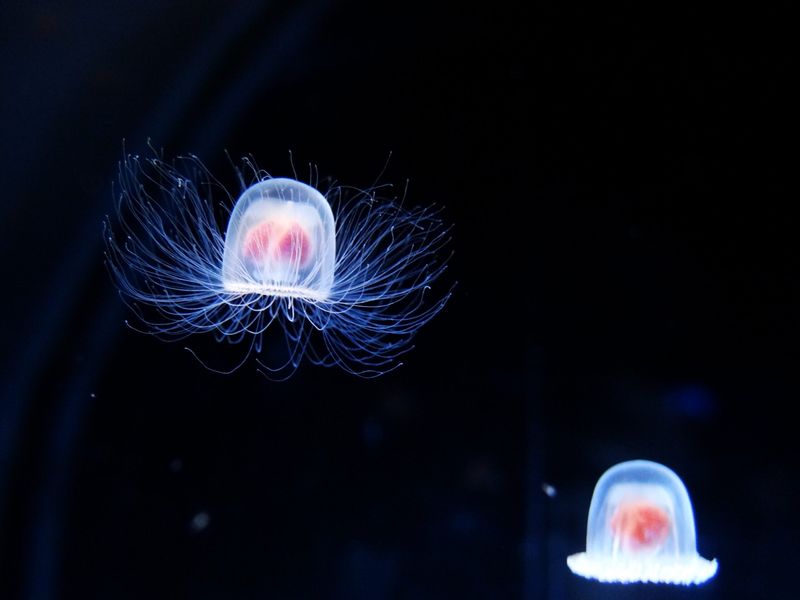
Ever wished you could turn back time? This tiny sea creature actually can! When threatened or injured, the Turritopsis dohrnii reverses its aging process, transforming back into its juvenile form.
Scientists are stumped by how it reprograms its cells completely, essentially achieving biological immortality. Unless eaten by predators, these jellyfish could theoretically live forever, making them a fascinating subject for longevity research.
2. Migrating Monarchs
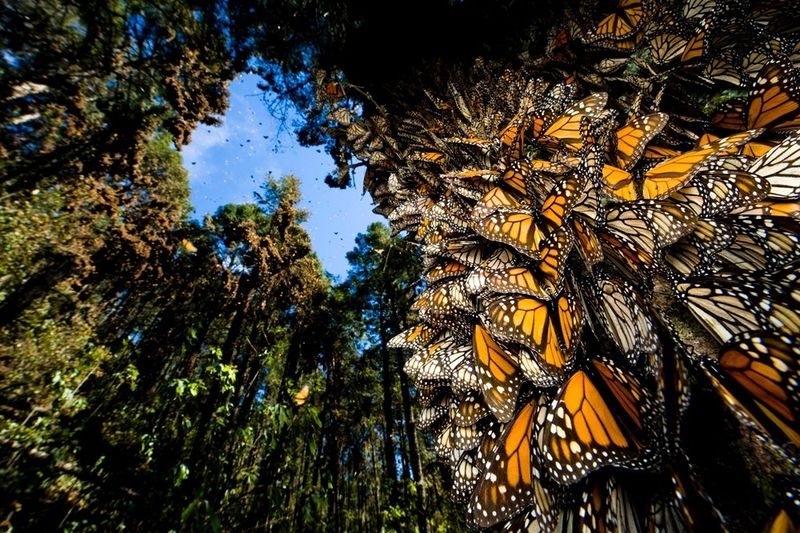
Weighing less than a paperclip, monarch butterflies somehow navigate 3,000 miles from Canada to specific mountain groves in Mexico they’ve never seen before. No single butterfly makes the round trip.
Each generation inherits this mysterious internal GPS system with no training. How genetic memory encodes such precise directions remains one of nature’s greatest puzzles. Even our best navigation technology can’t match this tiny insect’s remarkable abilities.
3. Mind-Reading Mantis Shrimp
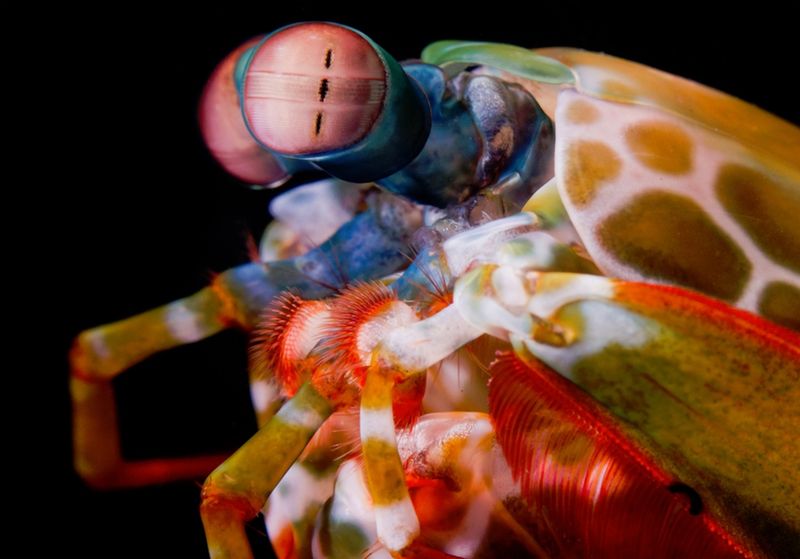
Forget about X-ray vision – mantis shrimp can see things humans can’t even imagine! Their eyes contain 16 color receptors compared to our measly three, allowing them to perceive ultraviolet and infrared light.
Most baffling to scientists is how these crustaceans process this visual information with relatively simple brains. They can detect polarized light and may even see cancer cells before they form tumors – a capability medical technology still struggles to match.
4. Electric-Field Sensing Sharks
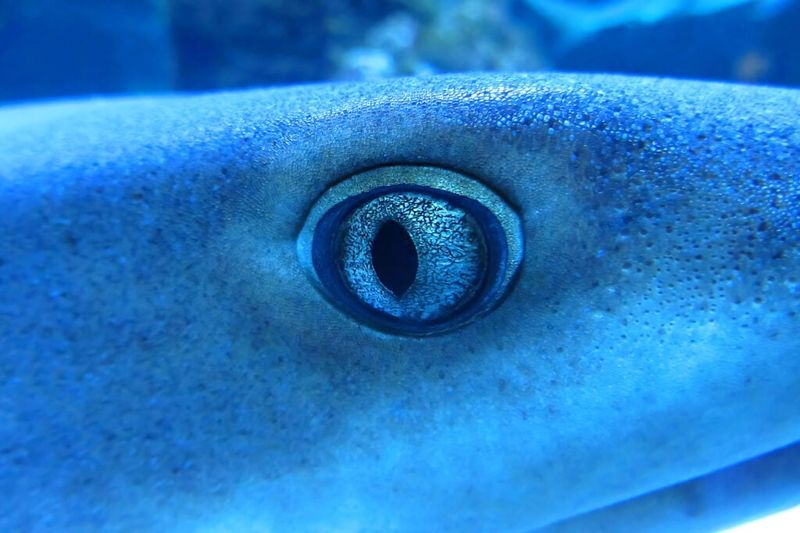
Sharks possess a sixth sense that seems like something from science fiction. Special gel-filled pores called ampullae of Lorenzini detect tiny electrical fields generated by all living creatures.
A shark can find prey buried under sand or hidden in murky water by sensing heartbeats from miles away. Scientists still don’t fully understand how their brains interpret these electrical signals with such precision, making them nature’s most sophisticated living metal detectors.
5. Weather-Predicting Frogs
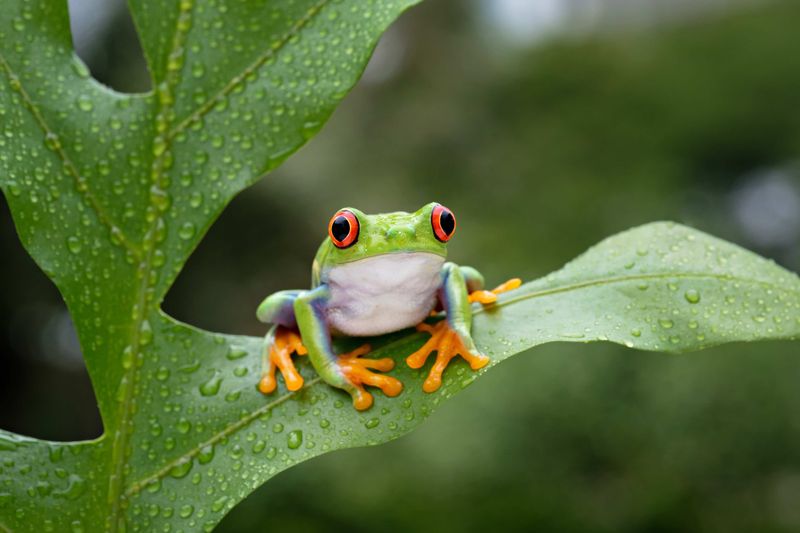
Long before meteorologists had satellites, people relied on tree frogs to forecast rain. These amphibians mysteriously start croaking hours or even days before storms arrive, with remarkable accuracy.
Their sensitive skin can detect subtle changes in barometric pressure and humidity that even our instruments struggle to measure precisely. What’s puzzling is how they translate these environmental cues into predictive behavior, essentially functioning as living barometers with greater reliability than early weather technology.
6. Magnetic-Field Navigating Birds

Flying thousands of miles without GPS, migratory birds navigate using Earth’s magnetic field – a sense humans completely lack. Recent discoveries suggest they may actually “see” magnetic fields through quantum effects in their eyes.
Specialized proteins containing iron create a visual overlay of magnetic information when blue light hits their retinas. This quantum compass works even on cloudy days when stars aren’t visible. How birds’ tiny brains process this information remains a profound scientific mystery.
7. Regenerating Axolotls
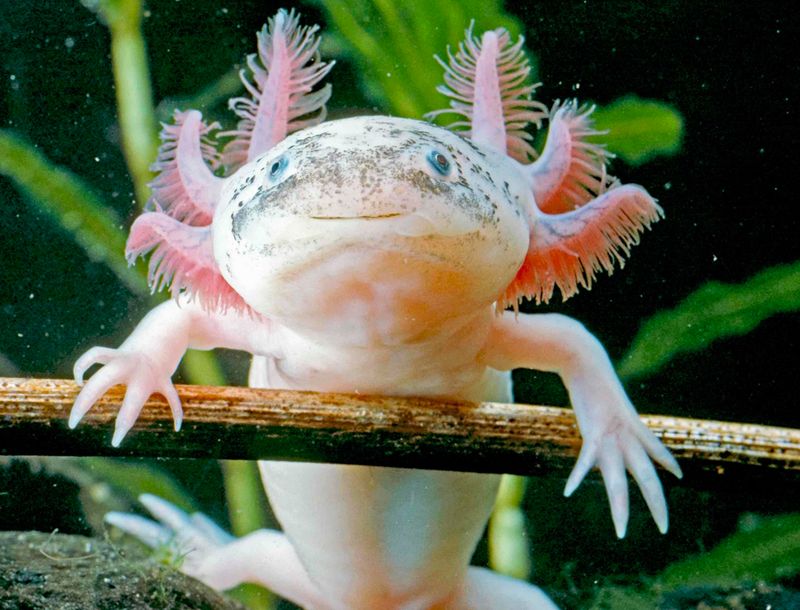
Imagine losing an arm and growing it back completely – spinal cord, nerves, blood vessels and all! Mexican axolotls perform this miracle throughout their lives, regenerating limbs, organs, and even portions of their brains.
Unlike human healing that creates scar tissue, axolotls rebuild everything perfectly. Scientists have identified some genetic mechanisms behind this superpower but still can’t explain how these salamanders coordinate such complex regrowth. Understanding their secrets could revolutionize human medicine.
8. Time-Traveling Tardigrades
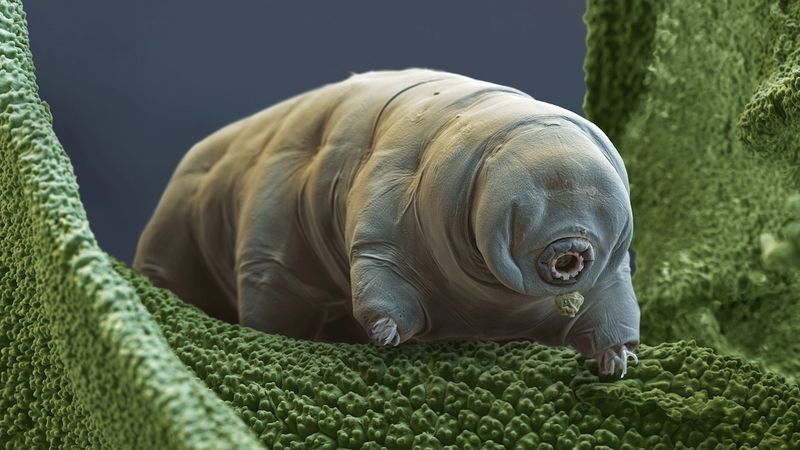
Nicknamed “water bears,” these microscopic creatures perform the seemingly impossible by essentially shutting down their metabolism completely. When conditions turn hostile, tardigrades enter a state called cryptobiosis – becoming virtually indestructible.
They’ve survived the vacuum of space, temperatures near absolute zero, and radiation levels that would obliterate most life forms. How they repair their DNA after such extreme damage and restart life processes after years of dormancy continues to confound researchers.
9. Future-Sensing Slime Molds
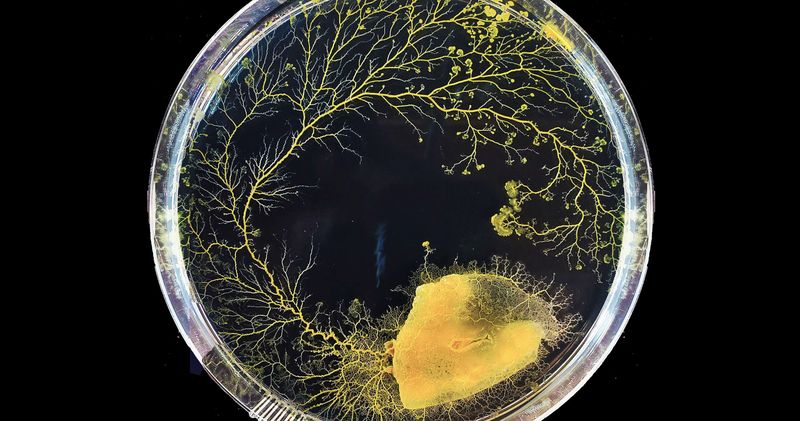
Yellow blobs without brains shouldn’t be able to solve complex problems, yet slime molds do exactly that. These single-celled organisms can navigate mazes, find the most efficient routes between food sources, and even anticipate regular patterns.
When scientists created a map based on Tokyo’s railway system, slime molds recreated almost identical efficient networks. Without neurons or central processing, they somehow demonstrate primitive intelligence and problem-solving abilities that challenge our understanding of cognition itself.
10. Earthquake-Predicting Snakes
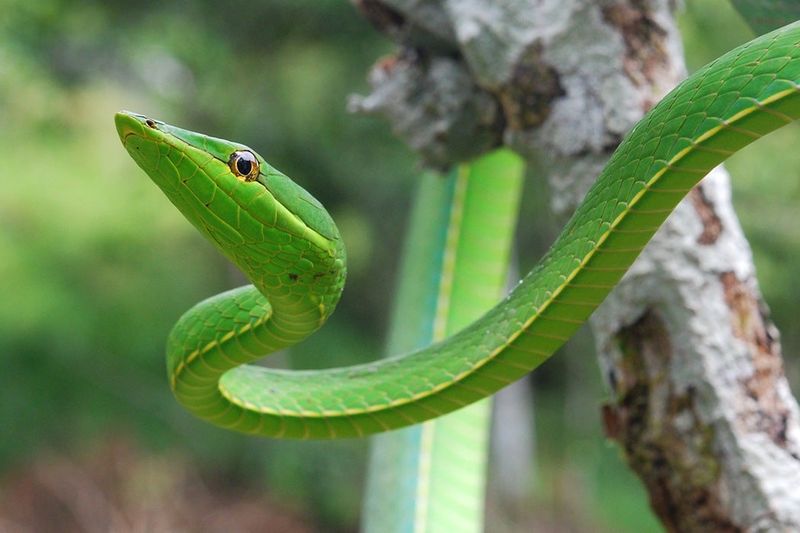
Days before major earthquakes strike, snakes have been documented abandoning their burrows en masse – a phenomenon observed repeatedly in China. These reptiles somehow detect seismic activity long before our most sensitive equipment.
Scientists theorize they might sense subtle changes in electromagnetic fields or minute ground vibrations that precede major quakes. What’s remarkable is their ability to distinguish these signals from normal environmental noise. Their unexplained sensitivity has led some countries to monitor snake behavior as part of earthquake warning systems.
11. Gravity-Defying Geckos
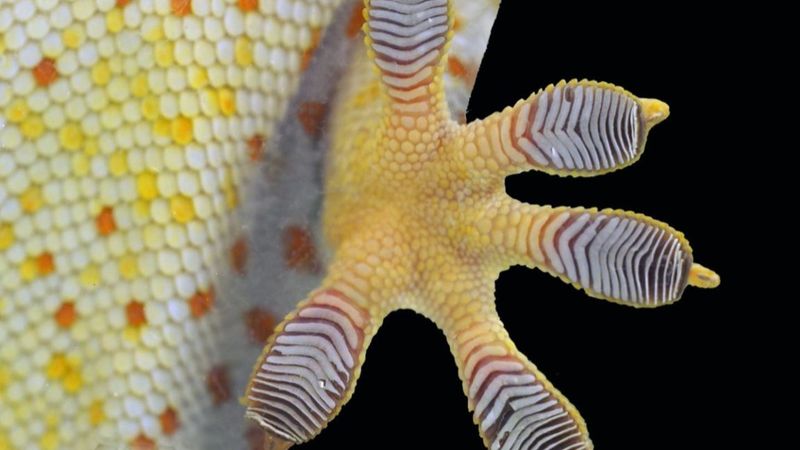
Running upside-down across ceilings seems to break the laws of physics, yet geckos do it effortlessly. Their toe pads contain billions of microscopic hairs that create molecular attraction through van der Waals forces.
Each hair is so tiny that it interacts with surfaces at the atomic level, creating adhesion without glue. The mystery lies in how geckos control this stickiness, attaching and detaching instantly while running at high speeds. This ability still outperforms any human-made adhesive.
12. Infrared-Sensing Pythons
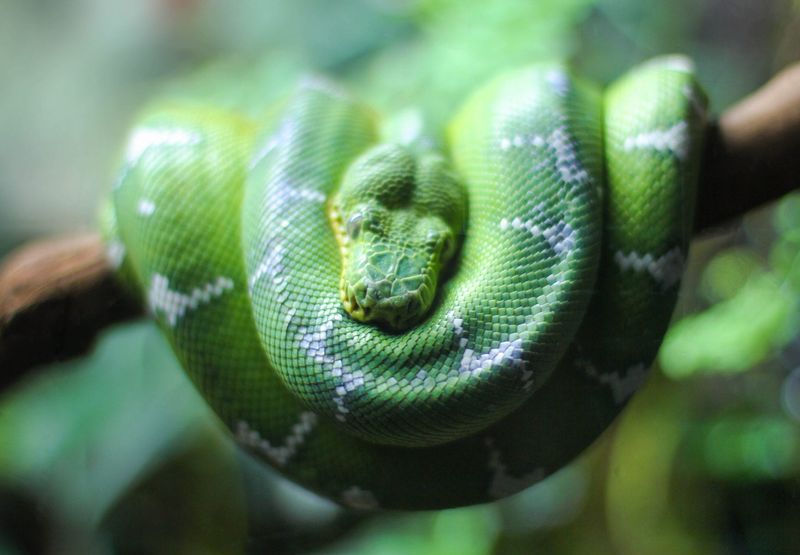
Hunting in complete darkness presents no challenge for pit vipers and pythons thanks to heat-sensing organs that essentially give them thermal vision. Located between their eyes and nostrils, these pits detect infrared radiation from warm-blooded prey.
What baffles scientists is the extreme sensitivity of this system – capable of detecting temperature differences as small as 0.003°C from a meter away. This precision exceeds many man-made thermal sensors, allowing snakes to create detailed heat maps of their surroundings without light.
13. Pressure-Resistant Deep Sea Fish
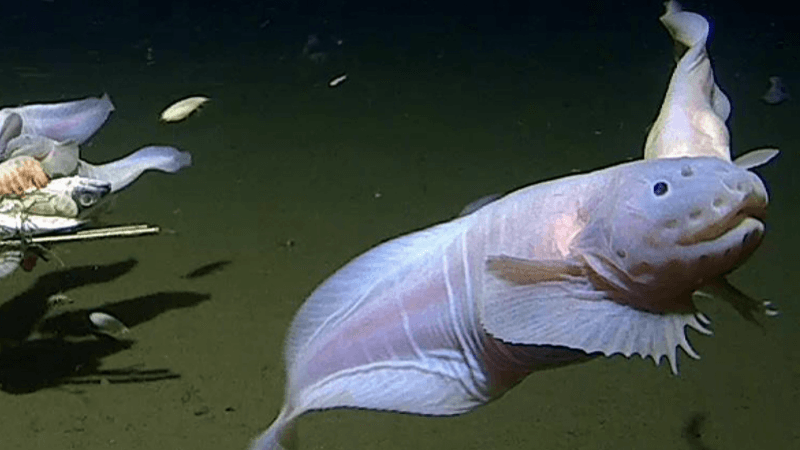
At ocean depths where pressure would crush submarines, bizarre fish like the Mariana snailfish thrive in total darkness. Water pressure in the deepest trenches exceeds 16,000 pounds per square inch – equivalent to an elephant standing on a postage stamp.
These fish have developed mysterious adaptations including special cellular proteins and pressure-resistant enzymes that function where normal biochemistry should fail. How their nervous systems operate under such extreme conditions remains one of the greatest puzzles in marine biology.
14. Consciousness-Sharing Octopuses
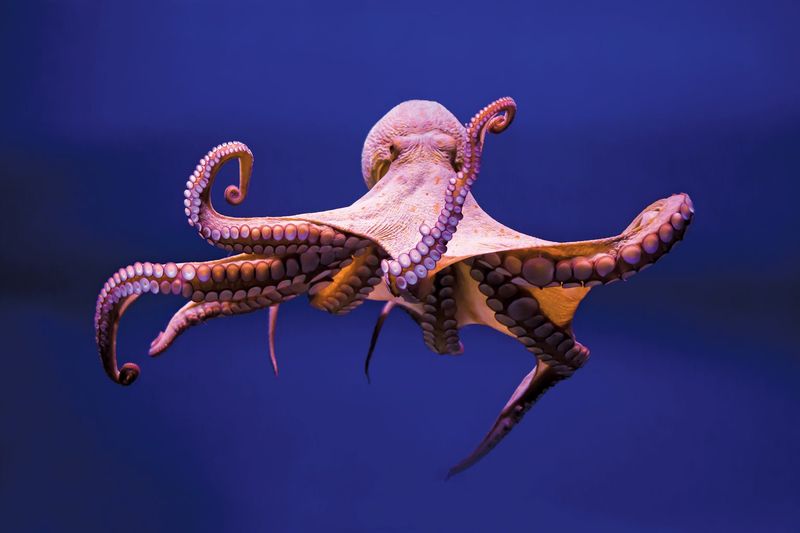
Having nine brains sounds like science fiction, but octopuses essentially do – with a central brain and eight additional neural clusters controlling each arm independently. Their limbs can solve problems even when severed from the body.
Each arm contains about 40 million neurons with its own memory and decision-making abilities. How this distributed consciousness works remains largely unexplained. Even more mysterious is how these intelligent invertebrates evolved such complex cognition when they’re so distantly related to other intelligent animals.






